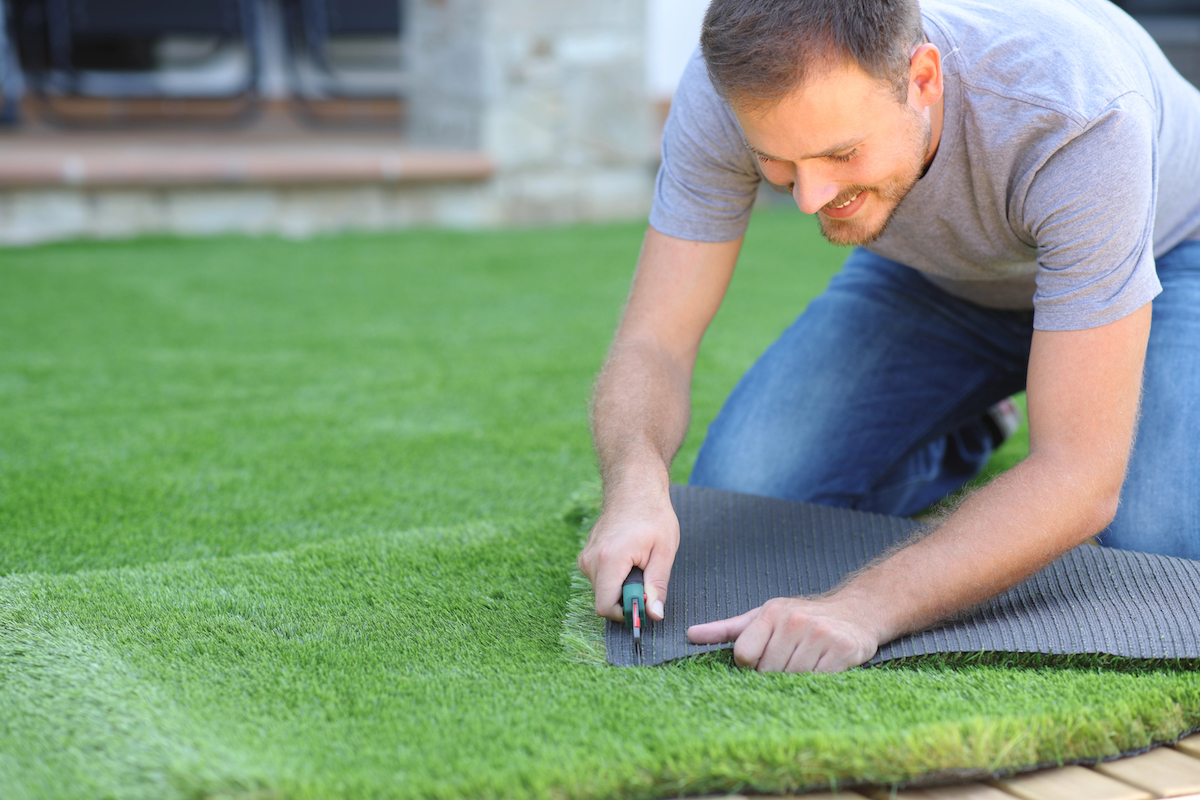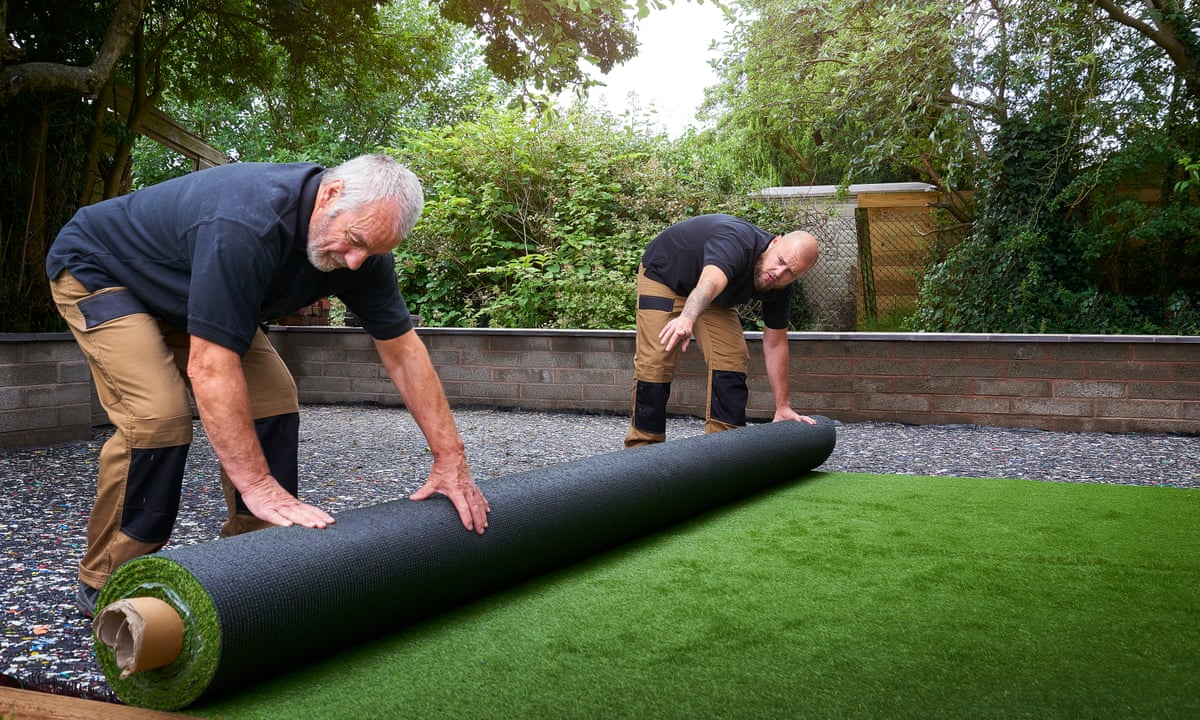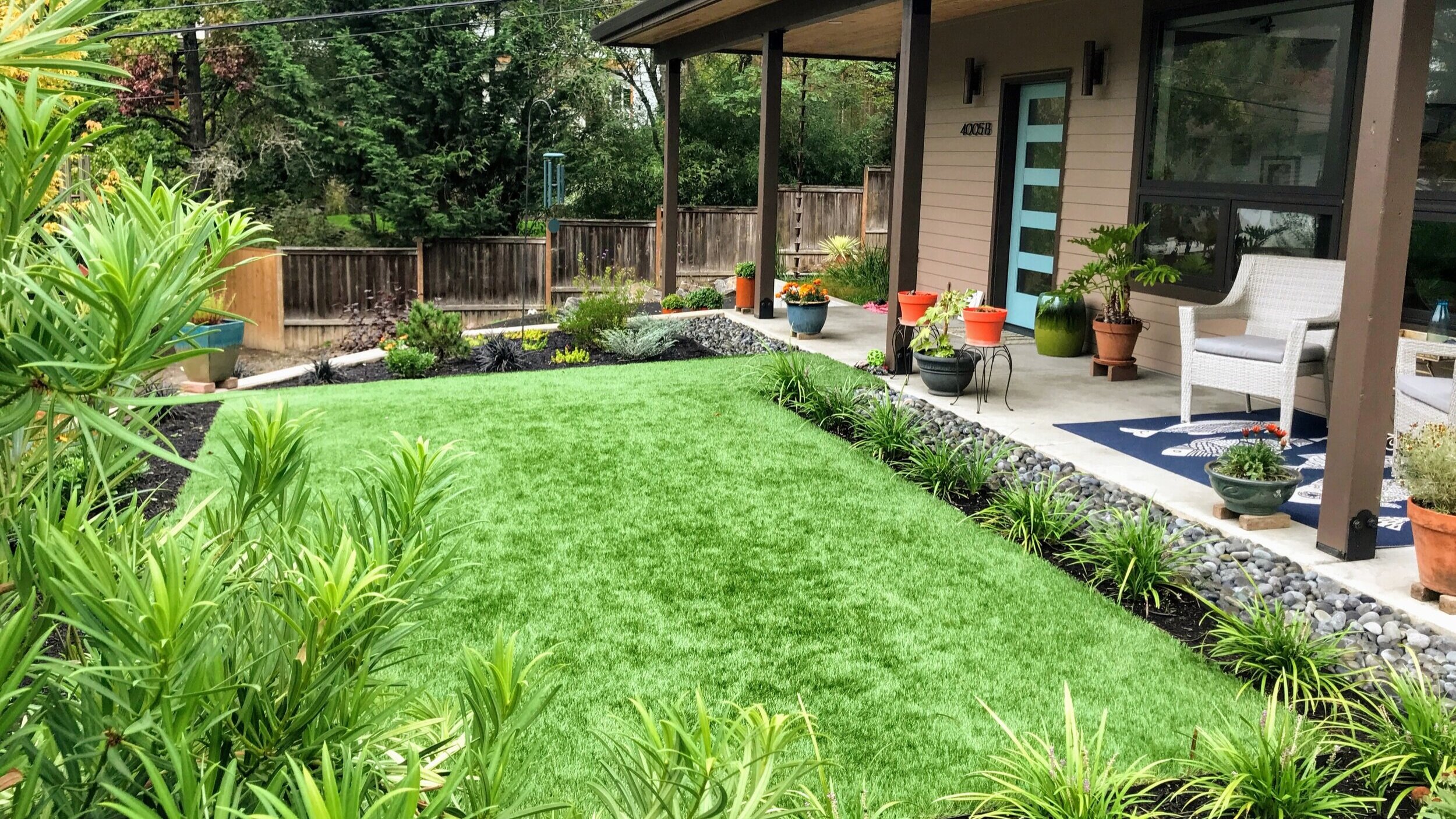Top Arizona Turf Suppliers Offering a Lifelike Lawn Option
Top Arizona Turf Suppliers Offering a Lifelike Lawn Option
Blog Article
See Why Homeowners Prefer Synthetic Grass for Lasting Landscape Design Practices
As property owners significantly prioritize sustainability in landscape design, synthetic grass has arised as a compelling alternative to conventional yard. Its ability to conserve water, minimize maintenance efforts, and minimize environmental influence placements it as a sensible selection for those seeking green services. In addition, the visual charm and convenience of synthetic turf cater to diverse style preferences. However, the ramifications of this shift extend past simple benefit and aesthetic appeals, motivating a more detailed evaluation of just how these selections influence broader environmental end results. What continues to be to be explored is the complete extent of advantages that artificial turf can use to house owners and the setting alike.
Water Conservation Conveniences
One of the most substantial advantages of man-made lawn is its duty in water preservation. In contrast, fabricated turf eliminates this demand entirely, as it does not need watering.
In addition, the installation of artificial lawn can contribute to an extra lasting landscape. Property owners can considerably lower their water costs, allowing for reallocation of resources to other environmental initiatives or house usages. In addition, synthetic grass is developed to endure numerous weather conditions without the demand for supplementary watering, making it a perfect choice for areas encountering water scarcity.
The environmental advantages extend beyond prompt water savings. By reducing water consumption, synthetic grass aids to minimize the impacts of environment adjustment, preserving essential ecosystems that are intimidated by excessive water extraction. As sustainable landscaping techniques get traction, synthetic grass emerges as an accountable choice for house owners seeking to develop environmentally friendly exterior rooms.
Lowered Upkeep Efforts
Man-made turf considerably minimizes maintenance initiatives compared to standard yard lawns. With synthetic grass, home owners can get rid of the taxing tasks associated with natural landscaping, such as mowing, fertilizing, and weeding. This not only conserves beneficial time but also reduces physical labor, making lawn care easily accessible for individuals of any ages.
Typical yards call for frequent cutting to preserve a cosmetically pleasing height, whereas artificial grass remains constantly rich without the demand for reducing. Furthermore, home owners no longer need to apply chemicals or fertilizers, which are typically required to maintain all-natural turf healthy.
Furthermore, fabricated lawn is sturdy and resilient, requiring very little maintenance past periodic cleaning and washing to eliminate debris. This simplicity of upkeep allows house owners to appreciate their outside rooms without the consistent concern of upkeep, supplying even more time for recreation and family tasks. Inevitably, the minimized maintenance initiatives related to artificial lawn make it an appealing choice for those looking for a low-maintenance, aesthetically appealing landscape.

Ecological Effect Reduction
There is an expanding acknowledgment of the environmental advantages associated with synthetic turf, specifically in regards to water preservation and reduced chemical use. Typical lawns call for significant amounts of water, especially in drought-prone regions, leading to enhanced strain on local click this site water sources. In contrast, synthetic grass gets rid of the need for irrigation, drastically decreasing water intake and advertising sustainability.
Furthermore, traditional grass maintenance often includes the application of pesticides, herbicides, and fertilizers, which can add to dirt and water pollution. Fabricated lawn alleviates this environmental hazard Arizona artificial turf by calling for minimal upkeep and virtually getting rid of the demand for harmful chemicals. This not just boosts dirt health yet additionally safeguards regional ecosystems from hazardous overflow.
Furthermore, the manufacturing of natural yard yards commonly includes using fossil gas for mowing and landscaping devices, additional contributing to greenhouse gas emissions. By choosing synthetic grass, house owners can dramatically reduce their carbon impact connected with lawn care activities.
Visual Allure and Adaptability
Along with its ecological benefits, man-made turf uses substantial visual allure and flexibility for landscape design. Homeowners can accomplish a lavish, environment-friendly look year-round, eliminating the seasonal fluctuations generally related to natural turf. This regular aesthetic not only improves the aesthetic charm of a property yet additionally adds to a polished and well-kept look.
Furthermore, synthetic grass is available in a range of shades, styles, and structures, enabling customization to suit individual choices and layout motifs - Turf installation phoenix az. Whether utilized in residential yards, commercial rooms, or recreational locations, it can effortlessly incorporate right into varied landscape design designs, from contemporary minimal to rich tropical setups
The flexibility of man-made turf expands past simple look; it can be installed in various places, including roofs, outdoor patios, and also indoor spaces, creating chances for special landscape design options. Additionally, it appropriates for a variety of activities, from youngsters's backyard to pet-friendly settings, supplying performance without compromising design.
Ultimately, the aesthetic appeal and adaptability of fabricated turf make it an attractive alternative for home owners seeking sustainable landscaping services that do not give up charm for ecological responsibility.

Long-Term Expense Financial Savings
One of the most engaging advantages of fabricated lawn is its potential for long-term expense savings. Unlike all-natural grass, which requires regular upkeep-- consisting of mowing, watering, fertilizing, and pest control-- fabricated turf substantially minimizes these continuous costs.
In addition, artificial grass has a life expectancy of 15 to 25 years, depending on its quality and usage. This durability reduces substitute costs, making it a more economical option in the future. Moreover, the preliminary find out this here investment in fabricated turf can typically be recovered through the financial savings accrued with time.
While the in advance price may seem higher compared to turf installation, the collective financial savings from minimized maintenance and water use often outweigh these initial expenditures. Inevitably, the fostering of synthetic grass not only advertises a sustainable landscape design solution but also provides house owners a monetarily smart alternative that lines up with lasting budgeting objectives.
Verdict
Synthetic grass becomes a compelling option for sustainable landscaping, using considerable advantages in water preservation, lowered upkeep initiatives, and lessened ecological impact. Its visual allure and adaptability enhance the aesthetic landscape while aligning with modern-day sustainability goals. Long-term cost financial savings contribute to its beauty for homeowners. As communities significantly focus on eco-friendly techniques, the fostering of synthetic turf represents a modern step toward attaining lasting and durable landscapes.
In addition, man-made lawn is made to stand up to various weather problems without the demand for supplemental watering, making it a suitable selection for regions encountering water shortage. (Arizona artificial turf)

Synthetic turf arises as an engaging choice for lasting landscaping, using substantial advantages in water preservation, reduced upkeep initiatives, and reduced ecological influence.
Report this page